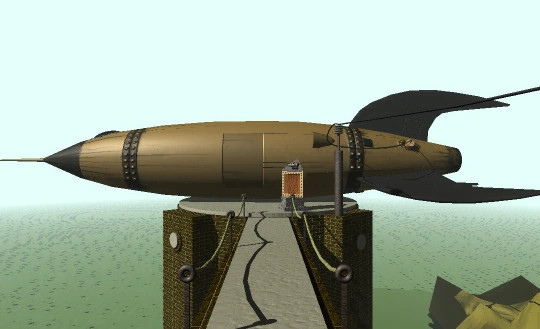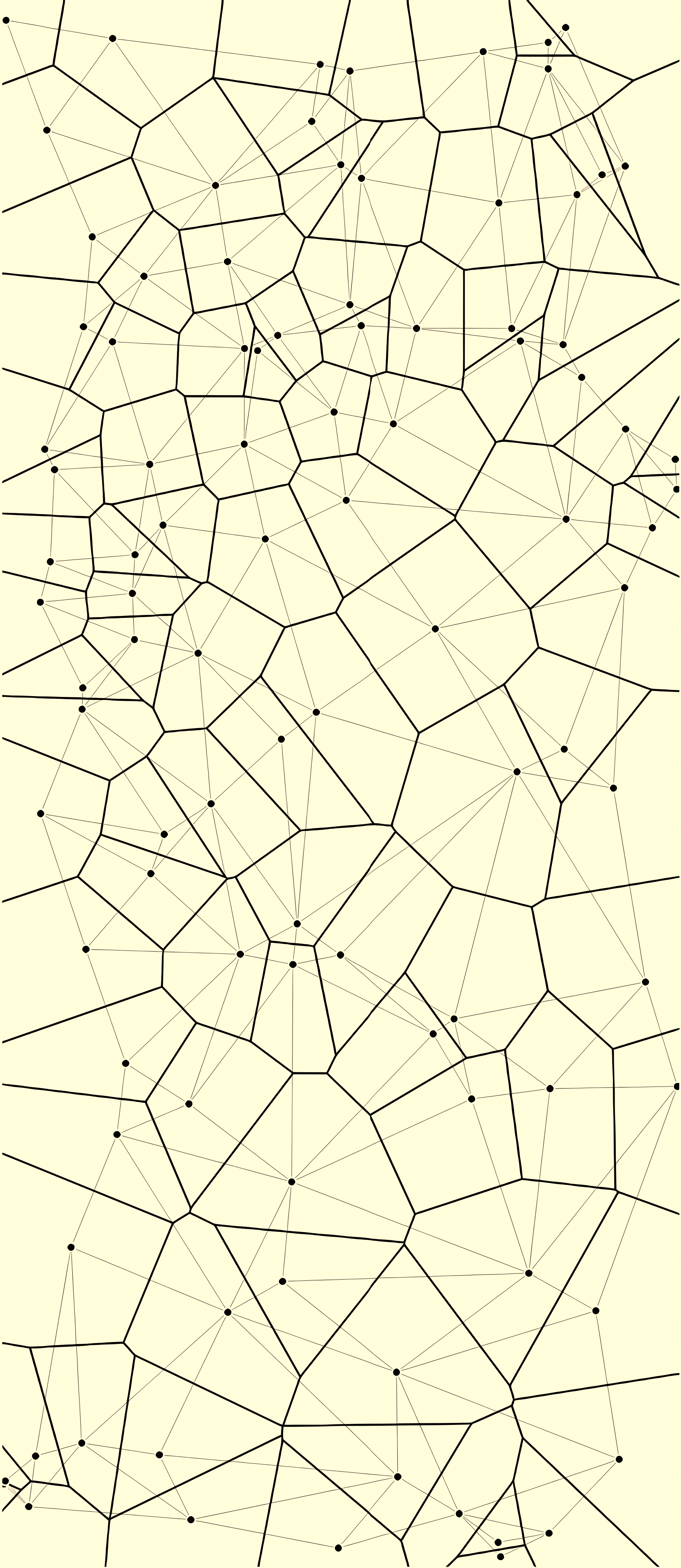Elements of a Bad Puzzle

There is a preponderance of great puzzles to solve, so, to enjoy the best ones more, (or to create ones of your own) you should know what makes a bad puzzle. While there is an endless amount of creative techniques a puzzle setter can use to guide the player into a great solve, a lot of bad puzzles share common elements. It may have rules that are inconsistent or poorly defined; it may give not enough or too much direction; and it may not require you to discover anything. By realizing these pitfalls, and understanding the characteristics of an unsatisfying puzzle experience, you can enhance your appreciation for well-designed puzzles and, if you’re a creator, improve your own puzzle-setting skills.
The infamous Myst offers a prime example of the importance of well-defined and consistent rules in a puzzle. In one section toward the end, players navigate a railcar in a dark tunnel system and have you steer North, East, South or West at intersections. However, after you have made some progress towards the exit, you are now able to steer Northeast, Southeast, Southwest and Northwest as well. Though this was an easy adjustment to make, the lack of communication from the game led me to feel confused and lost. A better puzzle would ensure that the players know all they are able to do. When puzzles have inconsistent or poorly-defined rules, the solution can feel cheapened and unfair.
Early puzzles in Undertale share a small flaw that has a large impact on the satisfaction of getting the solution: the game gave the player too much direction. Instead of giving context clues, the designer opted to explain the rules of the puzzle with an overly-informative sign. Given how easy these puzzles are, there isn’t much left to solve once you know what to do. With the assumption that the player can make it through the challenge of the puzzle, it is fair to say that the player can understand the basics. In the video-game format, it is very possible to show the rules of the game without the player hearing or seeing a word. One of the core pillars of setting puzzles is to give the player as little help as necessary, and I felt jibed when the sign gave away much of the puzzle.
Nim is a two-player strategy game that plays by cleverly taking pieces away from piles. One of the defining characteristics of the game is that, toward the end of the game, it becomes easy to play perfectly to secure the win. The fun in the game (besides winning) comes from puzzling over strategies to defeat your opponent. When someone spots a perfect strategy, that is exactly where the fun stops: the player with the perfect strategy merely acts out their plan, and the other player loses. For the fun to happen, the player needs to be learning. A puzzle designer needs to have a good assumption as to what level of knowledge the players have when they approach a certain puzzle so the player has an opportunity to learn.
In summary, understanding the factors that can detract from the enjoyment of a puzzle is essential for both players and designers who want to enjoy puzzles at a deeper level. By recognizing the most common shortcomings, players can have a greater appreciation and designers can have more success. It benefits everyone involved when contributors understand puzzles more.
